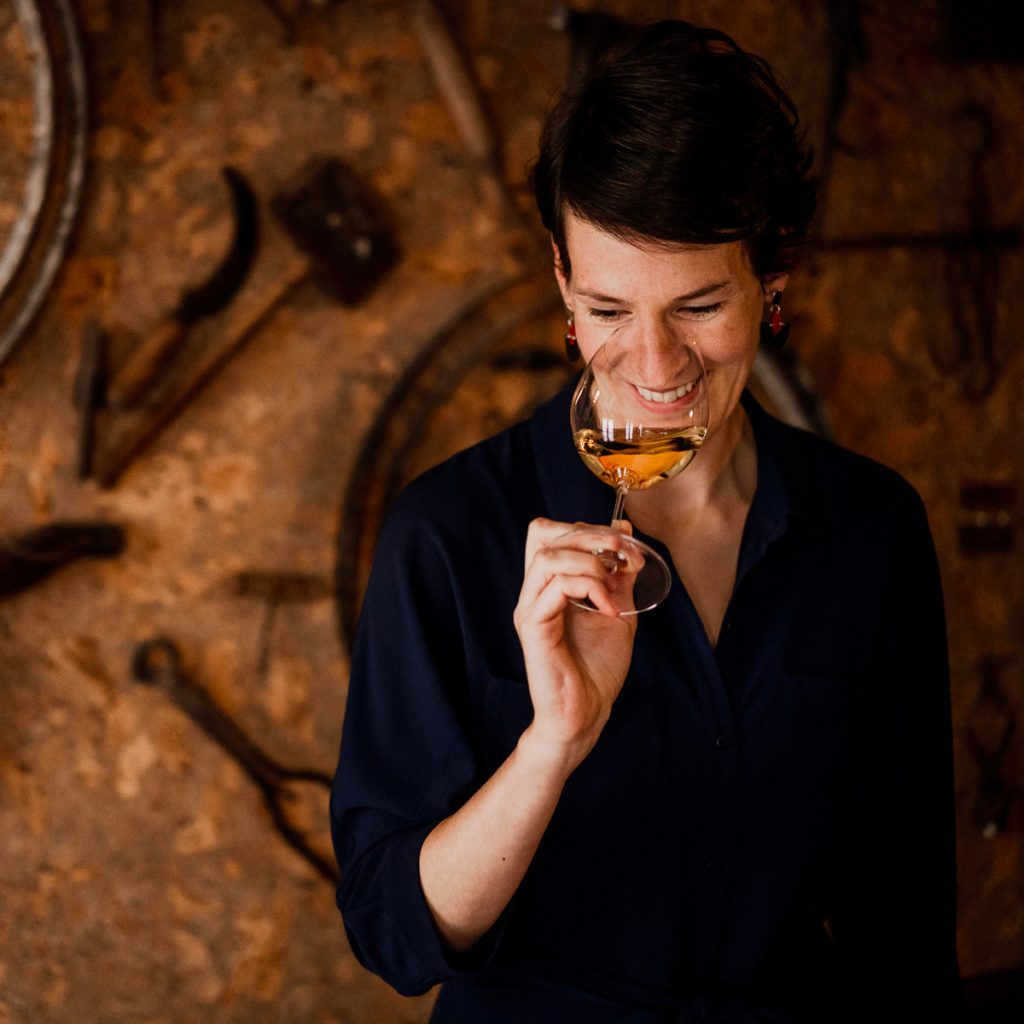When is a wine ready to drink?
Author: Barbara Drew MW

Opinions on the perfect time to open that special bottle vary, even amongst those who have been working in wine for eons. Understanding how wines mature can help you to decide when to crack open that case of claret. Here Barbara Drew MW breaks down what maturity codes on bottles mean, how wines change as they age, and how to work out when to drink certain wines.
When is a wine ready to drink? The received wisdom, certainly at Berry Bros. & Rudd, is whenever you want to drink it. However, with a plethora of terminology out there, not to mention notes on wines suggesting drinking windows with often 20 years of variance, a few pointers are always helpful.
At Berry Bros. & Rudd, we recognise that our customers all have differing tastes and prefer to drink their wines at different times. However, we have a four-tier system that indicates what stage your wine is likely to be at.
Not Ready
This refers to wines which are generally deemed to be on the young side for drinking. They may be red Bordeaux wines which are only a few years old, and therefore are high in tannins and lacking the additional complexity that a decade in bottle may provide. This could also refer to some white wines, such as a Grand Cru white Burgundy that is so tightly coiled that it is hard to detect any aromas or flavours in it.
The terminology itself refers to how wines are generally stored – on their side, to ensure the cork remains in contact with the wine and continues to provide a perfect seal. For more information on the ideal way to store your wine, click here.
It is not “wrong” to drink these wines now. However, you may miss out on some complexity by not waiting a few more years for these bottles to mature. If you choose to drink “Not ready” wines now, pairing them with robust foods that can match their bold tannins and soften them slightly is wise.
Ready – Youthful
Youthful wines tend to be those that are dominated by fresh fruit aromas and often, smoky or spicy notes from oak ageing. For reds, the tannins may well still be prominent in the wine. For whites, these wines are aromatic, and fruit-forward, with often a real smoky flavour underlining the palate, indicative of high quality oak use.
These wines are best savoured now by those who enjoy fruitiness, and do not mind wines which may have slightly more noticeable tannins. It is worth bearing in mind that winemaking has changed a lot in the past 20 years. As such, wines from the 2000s onwards are far more enjoyable young – as the fruit is riper, the tannins softer and the oak better integrated due to warmer global weather, better management in the vineyard and a more subtle approach in the winery. Whereas in the 1980s wines such as red Bordeaux had to be aged for 20 years before the tannins softened sufficiently to make the wine palatable, that is simply not true anymore.
Do not be shy about withdrawing wines that are Ready, Youthful – they can offer huge amounts of drinking pleasure. In particular, when serving wine to a crowd, who may have different tastes, younger wines that still retain much of their fruit are often a safer choice than more mature wines.
Ready – At Best
How long is a piece of string? How “best” is best? Even within the wine trade, there is no agreement on when, precisely, a wine is at its best. However, most critics and buyers agree that the wine needs to show a balance of both primary (that is fresh fruit) and tertiary (dried fruit, leather and earth) flavours, sitting somewhere on a spectrum between barrel-fresh and vinegar.
The tannins may well have softened on red wines, polymerising to form a more silky texture. Subtle spicy and savoury notes may start to come through on the palate. Overall the flavours and aromas will feel more spread out on the palate – instead of hitting you with a ball of flavour all at once, the flavours and aromas take their time, allowing you to savour them in turn. For white wines, these may well be starting to take on a golden colour, and developing flavours of honey, nuts and wax.
For those who enjoy wines with more savoury flavours, that may be less fruity, this is the perfect time to drink such wines.
Ready – Mature
These are wines that need to be withdrawn, and enjoyed, at the earliest possible opportunity. They have reached the point where they are no longer developing further complexity. Almost all of their flavours will be tertiary – dried fruit, nuts and savoury notes.
The tannins will be as supple as they will become (note that tannins never entirely disappear.) After this point in time, the flavours will start to gently, slowly, fade, and the tannins will in fact, over time, become more apparent, as the flesh of the wine falls away.
For whites, these will be heading into deep golden, or even amber territory. Past this point, the subtle flavours risk being overwhelmed by a heavy nutty or overly buttery flavour.
And for those worrying about finding a suitable occasion to drink such wines, having held onto them for so long, it is worth remembering that the wine itself can be an occasion. These are not wines for birthdays, anniversaries or New Year. They are wines to be opened up, savoured and discussed on a cold Tuesday in the dark days of winter. Wines to be enjoyed for themselves, just as they are.
Discover more tips on drinking, serving and storing wine here.


